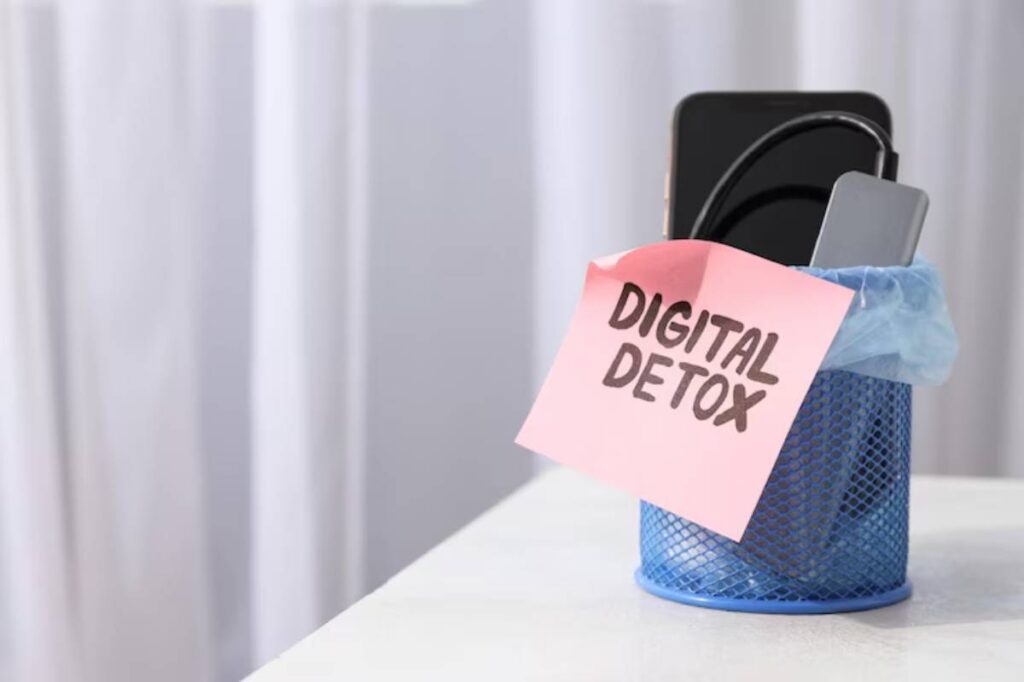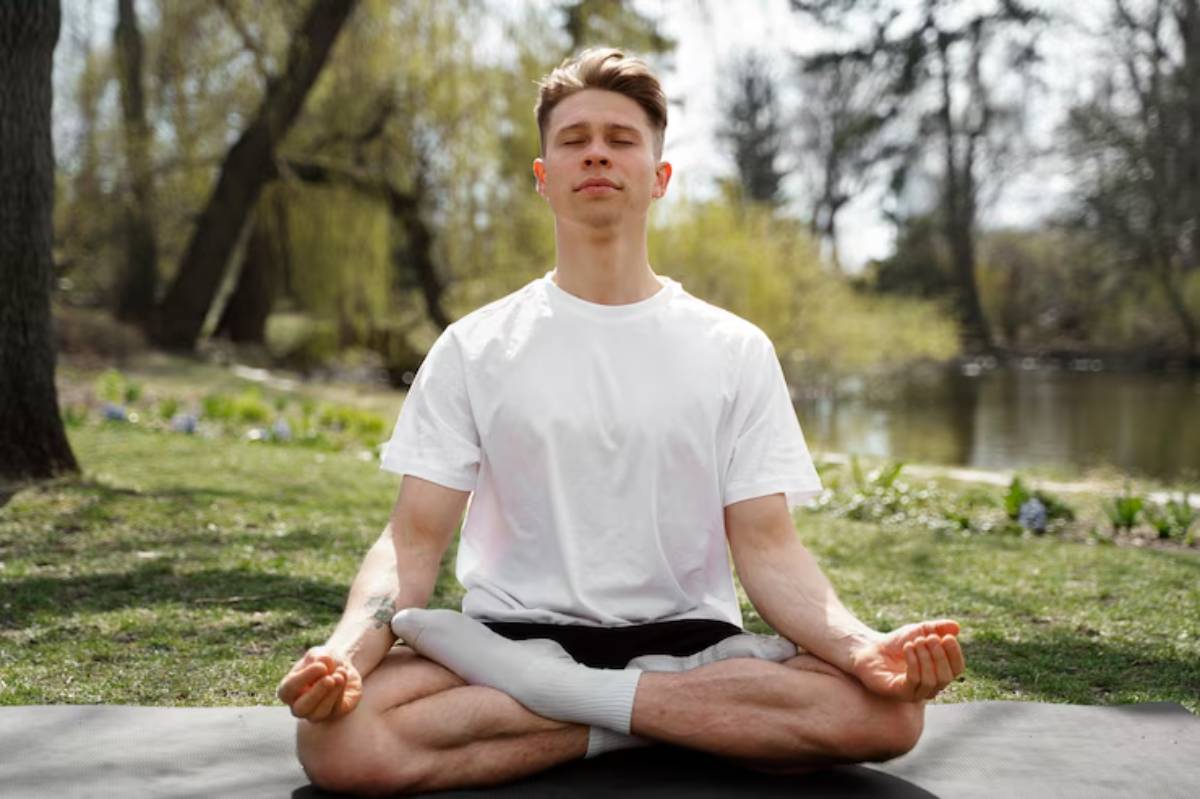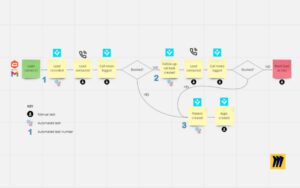The Personal Development Blog

Digital Detox Strategies Used by High-Performing CEOs
Not all CEO success stories start with smartwatches and dashboards. For many top leaders, the most powerful part of their morning is the one without a screen.
In a world of constant alerts, many executives are now protecting their focus. They do this by creating planned, screen-free routines. This blog shares morning strategies for a digital detox. These tips help boost energy, improve clarity, and enhance leadership presence. You’ll learn about the screen-free habits and boundaries that shape CEO tech balance. Plus, find out how to create time to think before the noise starts.
Why Digital Detox Mornings Work
Most people wake up to alarms, notifications, and inboxes. But the most focused leaders start their day with space, not stimulation.
Key Benefits of a Screen-Free Start:
- Reduces mental clutter
- Increases attention span
- Improves emotional control
- Boosts clarity and decision-making
- Supports calm, present leadership
Screens demand attention. Silence builds intention. That difference defines how CEOs lead.
CEO Tech Balance: Choosing When — and Why — to Unplug
Digital tools can help, but only when used with control. High-performing CEOs don’t reject tech — they use it strategically.
How They Balance It:
- Delay device use until after core morning rituals
- Use tools to track, not distract
- Set tech-free time blocks for deep thinking
- Prioritise analogue habits like writing, walking, or reading
- Protect mornings for presence and non-digital clarity
This balance strengthens performance and prevents burnout — both digital and cognitive.
Screen-Free Habits You Can Build Into Your Morning

The goal isn’t to ditch tech entirely — just to pause it long enough to own your morning mindset.
1. Use an Analogue Alarm Clock
Swap your phone for a traditional alarm. This prevents you from starting your day in reactive mode.
2. Keep Devices in Another Room
Charge your phone or tablet outside the bedroom. This makes it easier to avoid mindless scrolling when you wake up.
3. Write on Paper First
Start with journaling, note-taking, or handwriting a short reflection. Use a physical notebook to stay grounded in thought.
4. Read a Physical Book
Replace your news feed with 10–15 minutes of non-fiction, biography, or philosophy. No backlit screen. No notifications.
5. Walk Without Your Phone
Step outside without music or podcasts. Let your thoughts settle or wander freely.
6. Breathe or Meditate Unassisted

Try box breathing or a silent meditation without apps. Just focus on your breath or the ambient sounds around you.
Examples of Digital Detox Routines from Top Executives
These leaders are known for tech innovation — and for knowing when to switch off.
Jack Dorsey – Former CEO, Twitter & Square
Begins his day with meditation, walking, and cold exposure — all without screens.
Arianna Huffington – Founder, Thrive Global
Advocates a strict no-phones-in-the-bedroom policy and starts with breathwork and reflection.
Jeff Weiner – Executive Chairman, LinkedIn
Practises silent morning rituals, prioritising calm and clarity before engaging with digital content.
Ray Dalio – Founder, Bridgewater Associates
Uses early hours for meditation and reflection — long before reviewing data or news.
These routines aren’t anti-tech. They’re pro-focus.
How a Digital Detox Morning Fuels Productivity
Screens activate your brain. But too much, too soon floods it with noise. When you delay digital input, you increase control over your thoughts, time, and tone for the day.
You’ll Notice:
- Stronger focus in early meetings
- Less reactive responses to problems
- Faster mental recovery from stress
- Higher creativity before task switching begins
- Better mood with less decision fatigue
Even 30 screen-free minutes can change the way your day unfolds.
Morning Alternatives to Digital Routines
You can still stay structured and productive without digital tools.
Instead of: Checking your calendar
Try: Writing your top 3 priorities on paper
Instead of: Scrolling news or social media
Try: Reading a printed article or book chapter
Instead of: Email triage
Try: Thinking through your first deep-focus task
Instead of: Guided app meditation
Try: Silent breathing, body scanning, or gratitude reflection
Setting Boundaries That Stick
Digital detox routines only work when reinforced with simple rules. Most CEOs don’t rely on motivation — they design environments that reduce temptation.
Try These Boundaries:
- No screens for the first 30–60 minutes of the day
- No social media before 9:00 AM
- No email or Slack until after deep work starts
- Use greyscale mode to reduce visual stimulation
- Leave at least one hour a day completely offline
When these rules become habits, decision fatigue goes down — and clarity goes up.
How to Transition Into Screen-Free Mornings
You don’t need to overhaul everything. Small shifts add up.
Start With:
- A 10-minute morning journal
- A printed reading routine
- Charging your phone outside the bedroom
- Practising one minute of silent breathing
Then, build consistency. Your energy, mood, and clarity will improve within days.
The Science Behind Digital Detox Benefits
Studies show that even brief screen breaks improve focus, memory, and mental flexibility.
Key Findings:
- Screen exposure within 30 minutes of waking increases cortisol levels
- Social media checking correlates with decreased mood
- Screen-free routines improve sleep, energy, and emotional regulation
- Morning silence boosts long-term memory and strategic thought
For CEOs making constant decisions, these cognitive improvements are priceless.
Pairing Tech Breaks with High-Impact Habits
Screen-free time isn’t wasted — it’s an opportunity to build your leadership edge.
Great Pairings:

- Journaling → mental clarity
- Walking → creativity and stress release
- Reading → deep insight
- Mindfulness → calm and emotional control
- Reflective writing → decision-making confidence
These actions create space for your best thinking — before the world makes its demands.
Why Screen-Free Habits Strengthen Leadership
Technology accelerates work. But stillness strengthens leadership.
By stepping back from screens, you:
- Lead with intention, not impulse
- Communicate with clarity, not reactivity
- Protect mental energy for high-leverage decisions
- Set an example of balance and discipline for your team
These aren’t just morning routines. They’re strategic leadership tools.
Slow Down to Speed Up
In fast-paced roles, stillness becomes your secret weapon.
Embrace a digital detox morning. Build sustainable screen-free habits. Master tech balance as a CEO. This way, you gain clarity to lead, energy to perform, and space to grow.
Skip the screen. Start with silence. And lead with focus, not friction.









